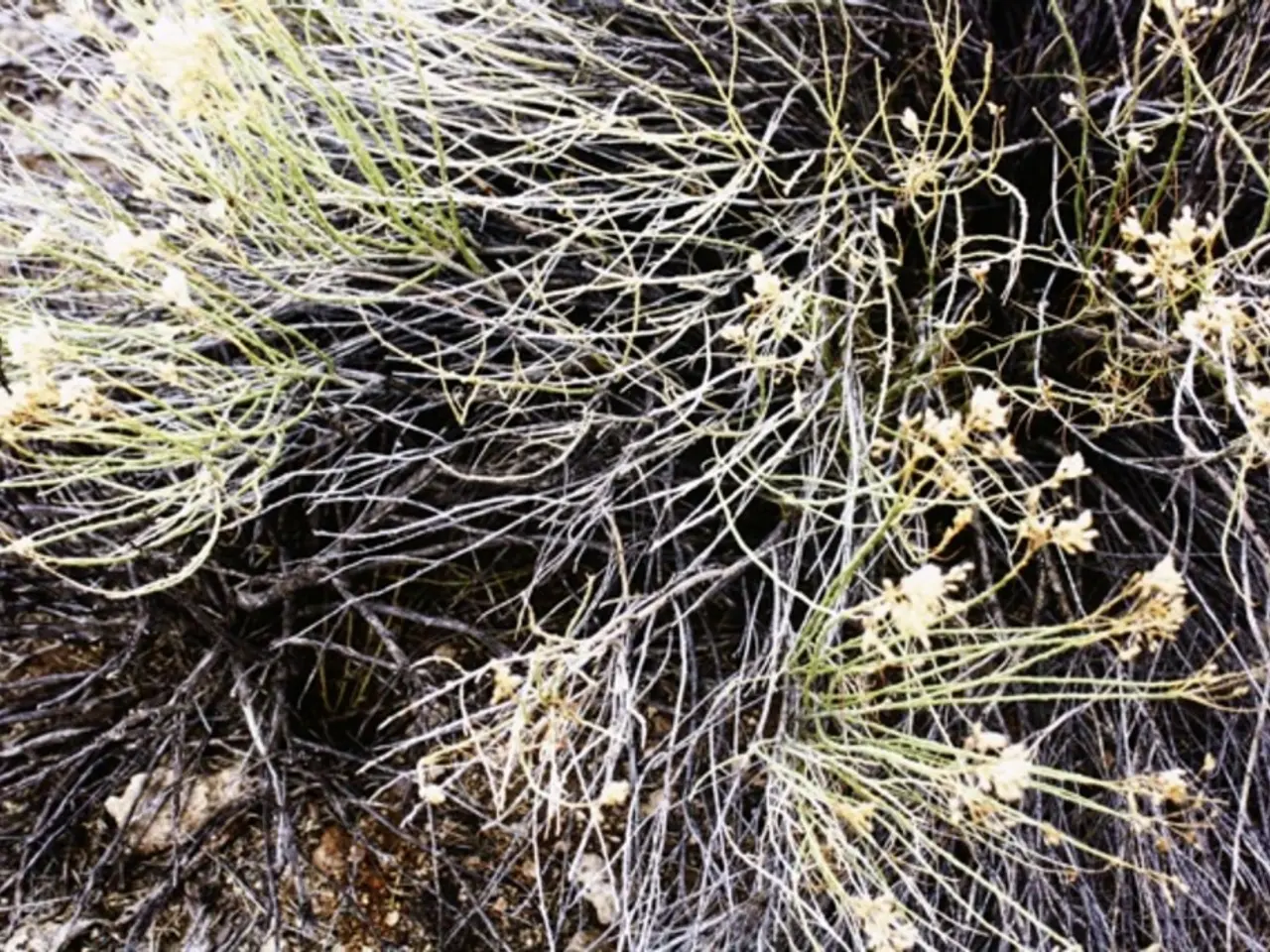Effortless Method for Re-potting Plants Without Root Damage
Repotting plants is like trying to make a decent sandwich with someone who's never done it before - guesswork and a whole lot of mess. The standard approach is to grab a bigger pot, fill it with soil, shove the plant in, and call it a day. You end up with waterlogged roots, limp leaves, and a plant contemplating leaving you.
But fear not! Following the methods shown by the gardening guru YouTube channel '@DailySucculent' can help you repot like a pro. Here's a step-by-step guide to not suck at repotting plants.
1. Dump that Old Soil
Start by taking your plant out of its old pot and give that old soil the boot. It's probably compacted beyond repair and holding onto water like a hoarder. Don't bring those dead nutrients and potential pests to the new home. It's recommended you change your plant's soil every 12 to 18 months.
2. Tame Those Roots
After you check the roots, if they're coiled up like spaghetti on a fork, gently loosen them. This helps shake off excess soil, giving the roots room to breathe and do their job.
3. Pebbles for Drainage
Most people imagine that the new pot should be filled up with soil. However, when you do that, water collects at the bottom and your roots end up swimming, then rotting. Fill the bottom third of the new pot with pebbles to prevent soil from clogging the drainage holes. This reduces the depth of the pot and keeps the water from pooling.
4. Use the Right Soil
Next, add about two centimeters of balanced soil (not fertilizer-heavy or dry as sawdust) on top of the pebbles. Use a soil mix that is appropriate for the type of plant you're repotting. Some plants need extra drainage, while others prefer a slightly more moisture-retentive mix.
Place the old pot (with the plant still in it) directly in the center of the new pot. Fill in the gap around it with more soil, creating the perfect spot for your plant.
5. Water Your Plant
Water your plant after you've loosely packed the soil around it. This allows the soil to settle around the roots and remove any air pockets. Check the pot's drainage to make sure excess water flows out. Proper watering helps the plant acclimate and avoid stress.
Making it Work for Your Plant
Different plants require certain care after repotting. Flowering plants like orchids need a period of indirect light and slightly higher humidity to adjust, while succulents do best in dry, sunny spots to recover. After repotting, avoid direct sunlight for a few days to help your plant settle in. Keep an eye on moisture levels - overwatering is a common mistake. Let the soil dry out between waterings, especially for plants like cacti.
Meet the Caring Author
Bonnie Ferrero is passionate about hiking, cooking, gardening, and home decorating. Her diverse interests help her connect with nature and express her creativity. Through her professional achievements, community involvement, and personal pursuits, she embodies a holistic approach to life, dedicated to service, growth, and well-being.
- Instead of simply filling the new pot with soil, as you might with decor, it's important to add pebbles to the bottom for proper drainage, ensuring that the soil doesn't clog the drainage holes and preventing water from pooling.
- For a successful garden, it's crucial to change your plant's soil every 12 to 18 months, dumping out the old soil that's likely compacted and holding onto water, as well as potentially harboring pests.
- In the home-and-garden lifestyle, proper repotting involves carefully loosening the roots of the plant, much like taming the spaghetti on a fork, which gives the roots room to breathe and do their job, leading to a healthier plant in the future.







